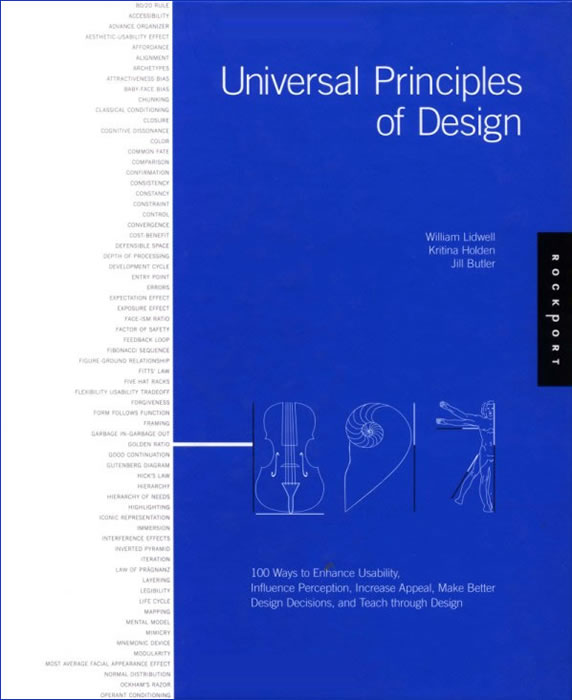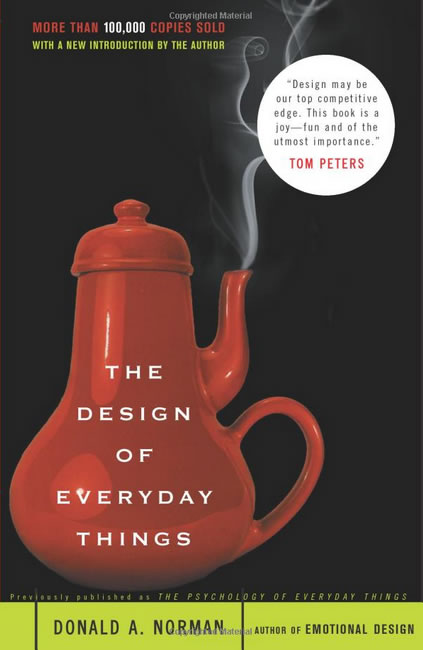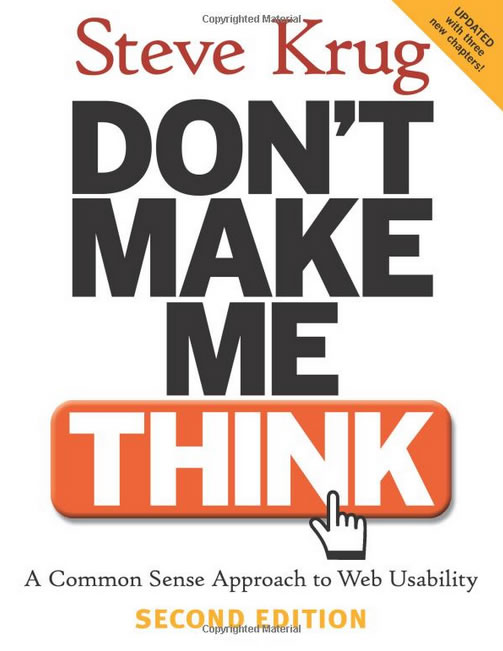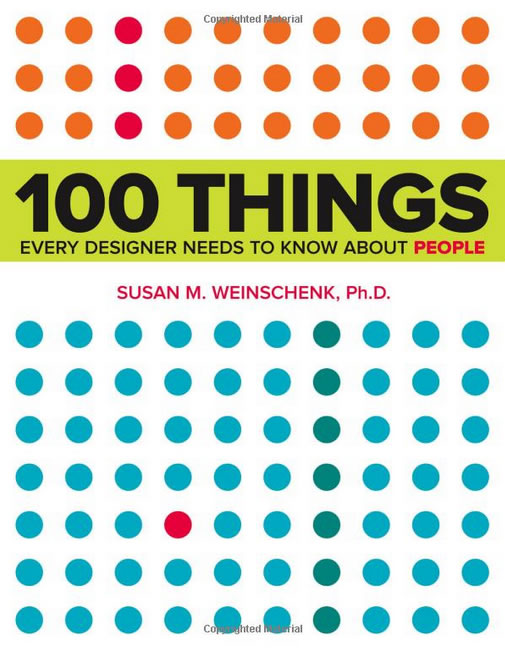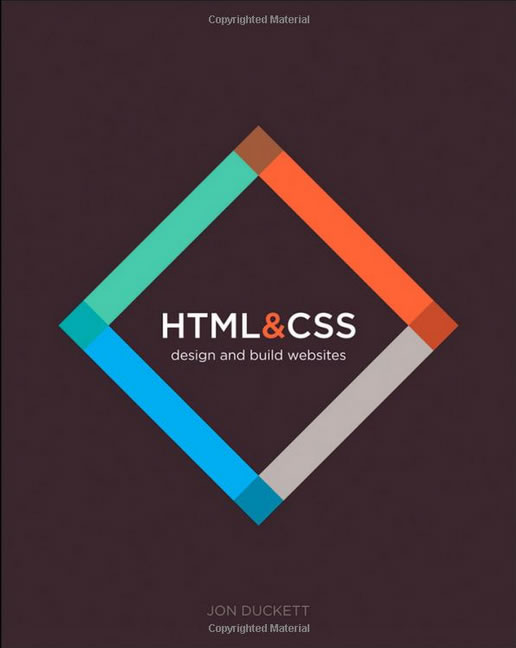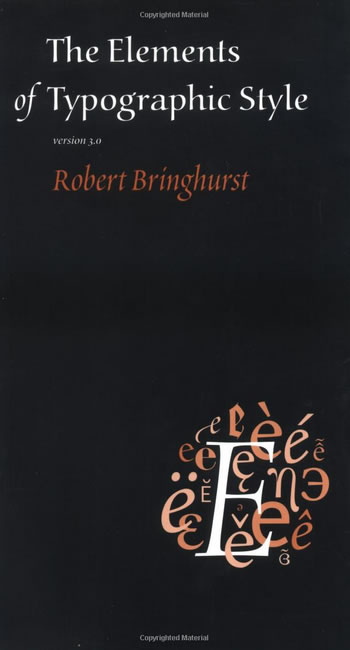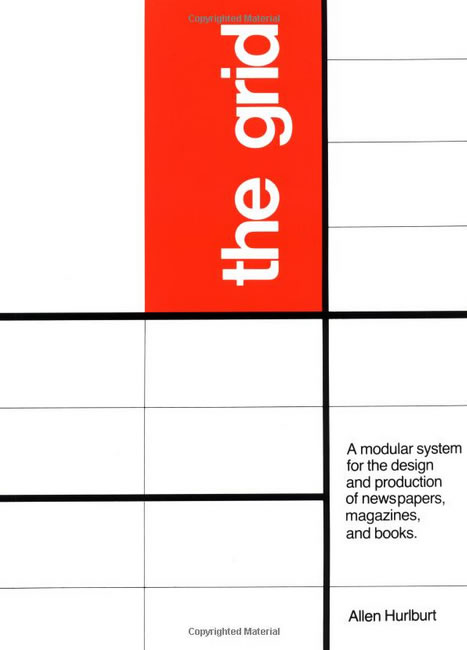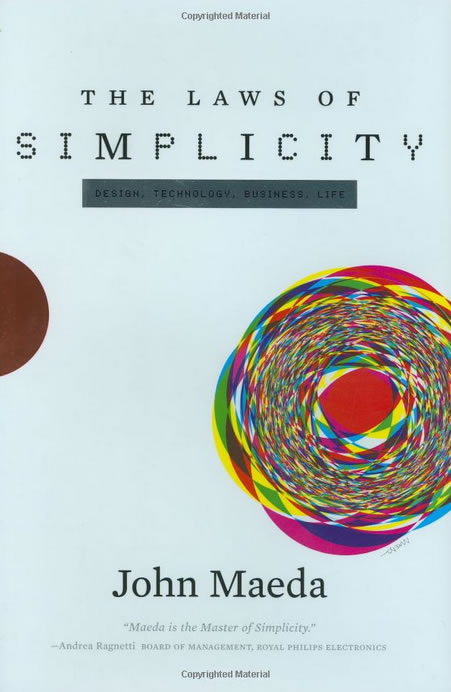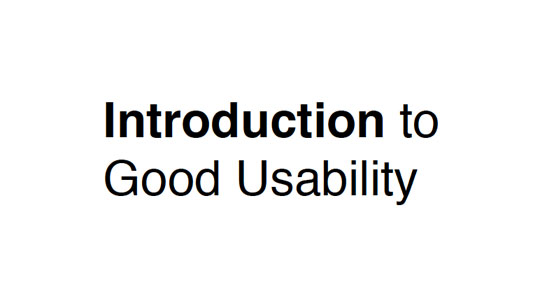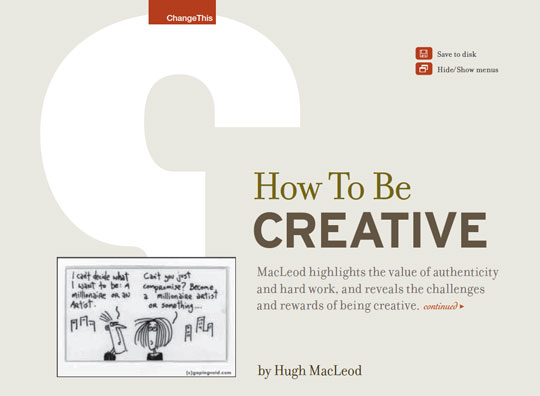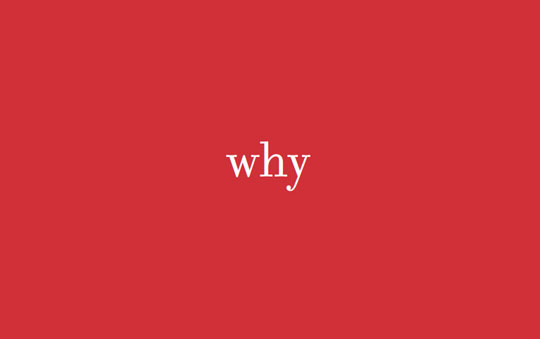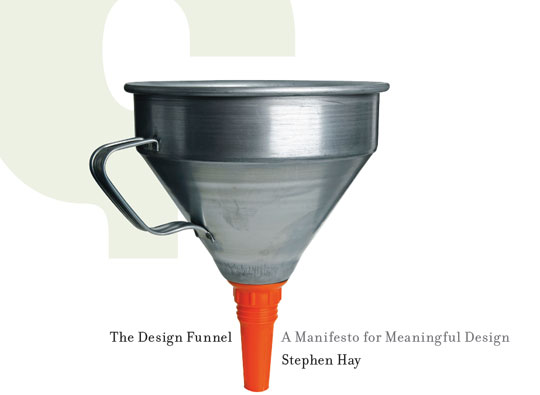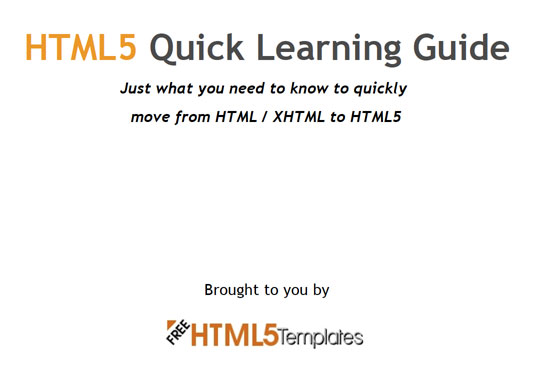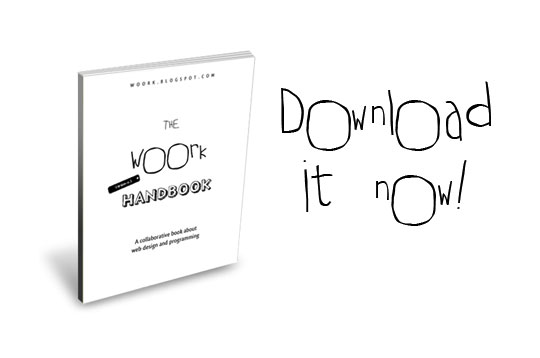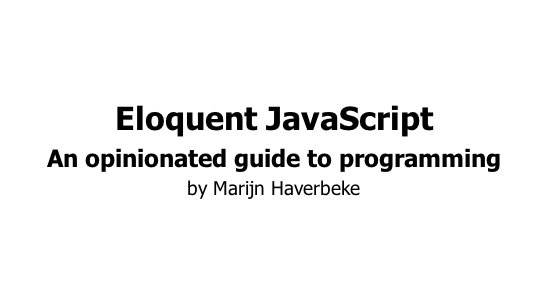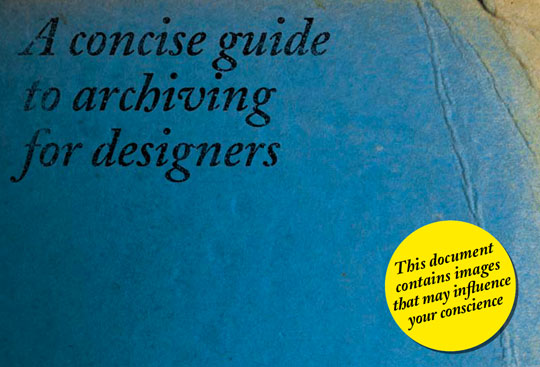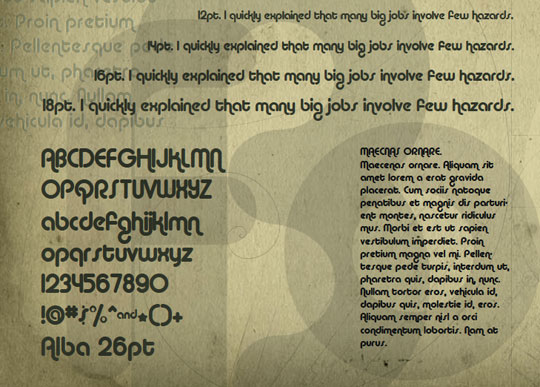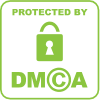8 Books Every Designer Should Read
Web DesigningIt is pretty interesting to realize that at the same time that design tools and techniques are always evolving, some principles remain the same. And usually these principles are the most important ones. Today we gathered a list with eight books we believe every designer should read. Some of them are old, others new, but they all have very important things we need to keep in mind when designing something. In case you heard of these books but never had the time to read them, take your time because it is worth it. In case you never heard of them, take your time to learn more about each book and pick one (or more) to read.
Some of these books I didn’t read but I will work my way with all of them. I’ve also added a small line with my opinions on the ones I have read (small opinion, not a review). And feel free to include further book suggestions in our comments section.
Universal Principles of Design by William Lidwell
About the book: Universal Principles of Design is the first cross-disciplinary reference of design. Richly illustrated and easy to navigate, this book pairs clear explanations of the design concepts featured with visual examples of those concepts applied in practice. From the 80/20 rule to chunking, from baby-face bias to Ockham’s razor, and from self-similarity to storytelling, 100 design concepts are defined and illustrated for readers to expand their knowledge.
About the author: William Lidwell is a partner and chief research and development officer at the Applied Management Sciences Institute. He writes, speaks, and consults on topics of design and engineering and is the author of multiple books including the best-selling design book Universal Principles of Design, which has been translated into 16 languages. He lives in Houston, TX.
My opinion: this is a great reference book, with its images and explanations it helps you understand a lot of concepts and ideas.
The Design of Everyday Things by Donald A. Norman
About the book: First, businesses discovered quality as a key competitive edge; next came service. Now, Donald A. Norman, former Director of the Institute for Cognitive Science at the University of California, reveals how smart design is the new competitive frontier. The Design of Everyday Things is a powerful primer on how–and why–some products satisfy customers while others only frustrate them.
About the author: Don Norman is a voyeur, always watching, always on the lookout for some common-day occurrence that everyone else takes for granted but that when examined, yields insight into the human condition.
My opinion: a classic, very good to check out some nice examples of good and bad design and to understand how to design things that humans will use (and understand how to use it). 
Don’t Make Me Think: A Common Sense Approach to Web Usability, 2nd Edition by Steve Krug
About the book: Five years and more than 100,000 copies after it was first published, it’s hard to imagine anyone working in Web design who hasn’t read Steve Krug’s “instant classic” on Web usability, but people are still discovering it every day. In this second edition, Steve adds three new chapters in the same style as the original: wry and entertaining, yet loaded with insights and practical advice for novice and veteran alike. Don’t be surprised if it completely changes the way you think about Web design. With these three new chapters: Usability as common courtesy – Why people really leave Web sites; Web Accessibility, CSS, and you – Making sites usable and accessible; Help! My boss wants me to ______. – Surviving executive design whims.
About the author: Steve Krug is a usability consultant who has more than 15 years of experience as a user advocate for companies like Apple, Netscape, AOL, Lexus, and others. Based in part on the success of the first edition of Don’t Make Me Think, he has become a highly sought-after speaker on usability design.
My opinion: another classic, really interesting examples. The approach of the book is super easy to follow and will make you understand a lot about why websites fail. It is also fun to read how badly people really don’t want to think.
100 Things Every Designer Needs to Know About People (Voices That Matter) by Susan Weinschenk
About the book: We design to elicit responses from people. We want them to buy something, read more, or take action of some kind. Designing without understanding what makes people act the way they do is like exploring a new city without a map: results will be haphazard, confusing, and inefficient. This book combines real science and research with practical examples to deliver a guide every designer needs. With it you’ll be able to design more intuitive and engaging work for print, websites, applications, and products that matches the way people think, work, and play.
About the author: Susan Weinschenk has a Ph.D. in Psychology, and a 30-year career in applying psychology to the design of technology. She has written several books on user-centered design. Her 2008 book, Neuro Web Design: What makes them click?, published by New Riders, applies the research on neuroscience to the design of web sites. A popular speaker and presenter, her nickname is “The Brain Lady”. She is Chief of User Experience Strategy, Americas, at Human Factors International, and runs a popular blog: Whatmakesthemclick.net.
My opinion: heard good things about it, need to read it, will update this when I do.
HTML and CSS: Design and Build Websites by Jon Duckett
About the book: Every day, more and more people want to learn some HTML and CSS. Joining the professional web designers and programmers are new audiences who need to know a little bit of code at work (update a content management system or e-commerce store) and those who want to make their personal blogs more attractive. Many books teaching HTML and CSS are dry and only written for those who want to become programmers, which is why this book takes an entirely new approach.
About the author: Jon Duckett has been helping companies create innovative digital solutions for over 15 years, designing and delivering web and mobile projects for small businesses and tech startups through to global brands like Diesel, Philips, Nike, Wrangler, and Xerox. During this time, he has has written and co-authored over a dozen books on web design and programming.
My opinion: another one on my “to do list.”
The Elements of Typographic Style by Robert Bringhurst
About the book: Renowned typographer and poet Robert Bringhurst brings clarity to the art of typography with this masterful style guide. Combining the practical, theoretical, and historical, this edition is completely updated, with a thorough exploration of the newest innovations in intelligent font technology, and is a must-have for graphic artists, editors, or anyone working with the printed page using digital or traditional methods.
About the author: American-born poet, book designer, typographer, historian and linguist.
My opinion: since I want to learn more about typography, definitely need to read this one.
The Grid – A Modular System For The Design And Production Of Newpapers, Magazines, And Books by Allen Hurlburt
About the book: From earliest history man’s close kinship with nature has guided him toward a sense of proportion in the shaping of his world. Just as mathematics began with the measurement of objects in harmonious relationship to each other and to space they occupied. The linkage of mathematical systems and design can be traced to the earliest cultures, and science and art have frequently found a common denominator in the search for the perfect form throughout history.
About the author: Allen Hurlburt traces many design projects to their structural solutions, making several details comprehensive to designers.
My opinion: it is impressive how a book first published in 1978 is still a great reference. Being a designer or not, if you want to understand the basics of grids, this is the book to try.
The Laws of Simplicity by John Maeda
About the book: Finally, we are learning that simplicity equals sanity. We’re rebelling against technology that’s too complicated, DVD players with too many menus, and software accompanied by 75-megabyte “read me” manuals. The iPod’s clean gadgetry has made simplicity hip. But sometimes we find ourselves caught up in the simplicity paradox: we want something that’s simple and easy to use, but also does all the complex things we might ever want it to do. In The Laws of Simplicity, John Maeda offers ten laws for balancing simplicity and complexity in business, technology, and design–guidelines for needing less and actually getting more.
About the author: Graphic designer, visual artist, and computer scientist John Maeda is President of the Rhode Island School of Design and founder of the SIMPLICITY Consortium at the MIT Media Lab. His work has been exhibited in Tokyo, New York, London, and Paris and is in the permanent collections of the Smithsonian Institution’s Cooper-Hewitt National Design Museum, the San Francisco Museum of Modern Art, and the Museum of Modern Art in New York City. He is the recipient of many awards, including the Smithsonian Institution National Design Award in the United States, the Raymond Loewy Foundation Prize in Germany, and the Mainichi Design Prize in Japan.
My opinion: just started this one, will update the post when I’m done.

